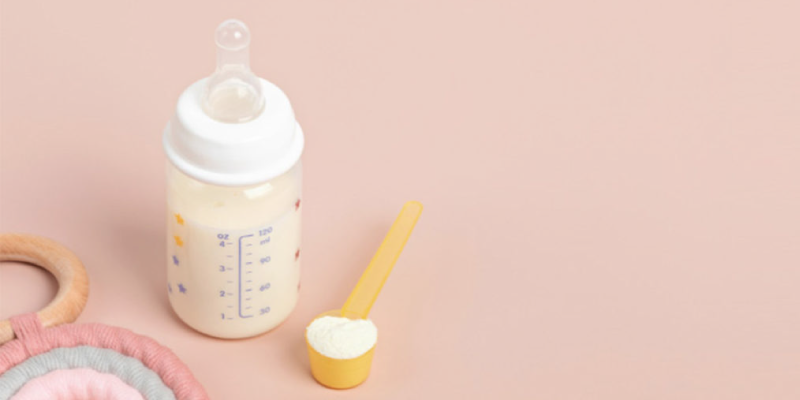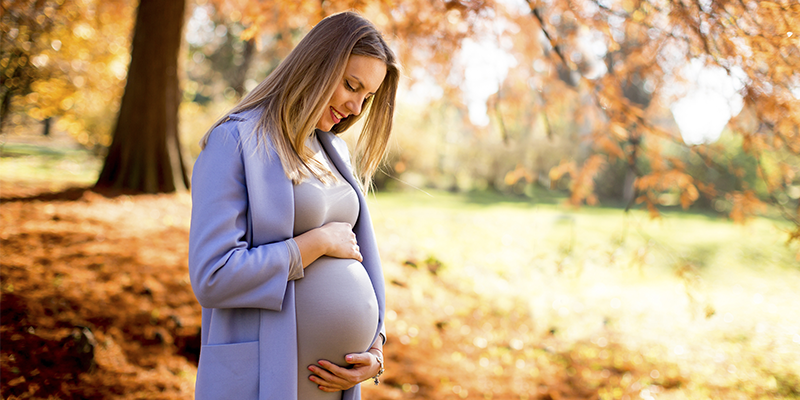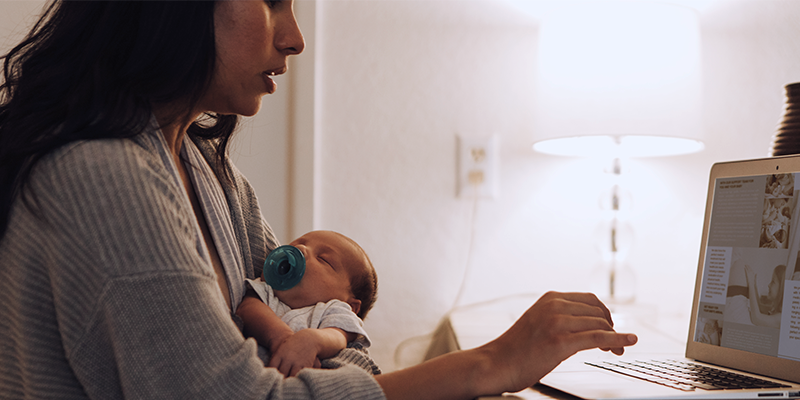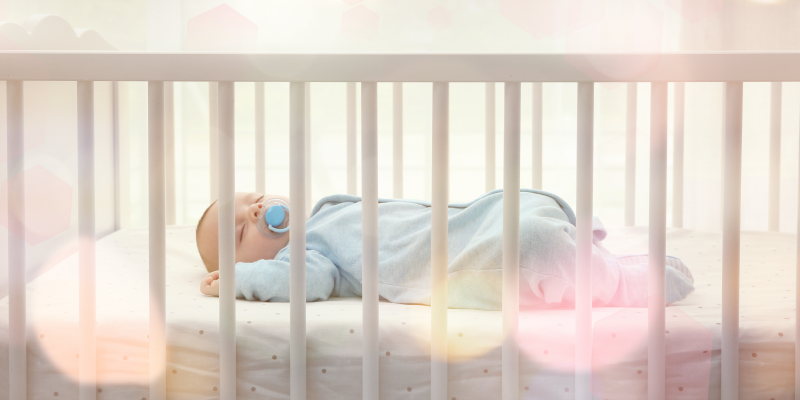Sleep Train Your Baby in 7 Days
The first few weeks at home with your new baby are a whirlwind of emotions. Because you’re mostly running on adrenaline and exhilaration, the sleepless nights go mostly unnoticed at first. But by six weeks, intermittent sleep is the norm and you don’t remember what “being fully rested” even feels like. Rest assured (see what we did there?) relief is on the way! By 3 and 4 months of age, babies should begin sleeping through the night. If they don’t, they may be forming bad sleep habits that you need to correct ASAP. Even a young infant can be taught smart sleep skills, here’s how. The following guide will sleep train your baby in 7 days or less.
Day 1: Adopt a regular and consistent routine
Believe it or not, baby’s can be taught the difference between day and night right away. In order to start sleep training your baby you need to adopt a regular and consistent routine, which means no more long naps during the day and wanting to play at night. Begin with waking her up at the same time in the morning and make sure her crib is near a window where natural light can stream in. This will help her recognize that when it’s light out, it’s time to be up and when it’s dark, she should remain sleeping. When it’s time for bed, establish more rituals. Dress her in pajamas, and read her a story or play a lullaby to start winding down. This step is crucial because it teaches her when it’s time for bed.
Day 2: Practice the routine
As you practice the routine from the previous day, start differentiating the difference between day and night with your baby. If she still requires late night feedings, make sure the energy and environment is one of calm. Set the lights down low and be sure she feels relaxed. This is the perfect opportunity to try white noise as well. Pay attention to what soothes your baby and do those things as an aide for making her sleepy. Conversely, when it’s during the day and she’s feeding, sing a song or add play into the routine so she can see the difference between day energy and night energy.
Day 3: Be prepared for crying
By day 3, it’s time to put your baby in her crib while she’s still awake. And yes, crying will usually ensue. But don’t fret, this is a completely normal part of the process. If she falls asleep while feeding, wake her up just enough so she knows you’re putting her in the crib. The crying can be agonizing, but it’s worse for you than it is for her. There really isn’t any scientific proof that letting a child cry is harmful to their psychological development. This is especially true for babies who are getting every one of their needs met. And consider this, the earlier you start training babies to sleep on their own the better. As babies get older, say 5 or 6 months of age, they can recognize a change in their routine. If you start at 3 months old or younger, studies have shown the crying tends to dissipate quicker. If you can’t stand the crying the first night, aim for holding out for five minutes before going into her room and letting her know you’re there. Try to refrain from picking her up or giving her a bottle as she’ll associate her crying with getting something in return. And she may do it again that night or even the next day.
Day 4: Tough it out
The third day of the sleep training is usually the hardest. By day 4, you should see an improvement with crying, even if it’s a small one. Keep everything the same and your baby should recognize that crying doesn’t produce results. If she starts crying again, this time wait for 10 minutes before you go in to check on her. Whatever you do, don’t give in and pick her up. It will ruin all the progress you’ve made because the baby will learn that she just needs to cry longer and you’ll come to her defense.
Day 5: She’s starting to self-soothe
By this time of the process, she’s starting to figure out that crying won’t work and that she needs to self-soothe. If you can tolerate staying away from the room, do so. Lengthen your response time to 15 minutes if you feel you need to keep checking on her. The only variable in the routine is whether she needs a night feeding. By 12 pounds, or 3 to 4 months of age, most infants can get by without eating at night. If she does need to eat, make sure the room is dark, cuddle her but keep things quiet and get her back to the crib as soon as she’s done eating. Overeating can create further issues because babies will demand to eat out of habit vs. necessity, and more eating means wet diapers which wakes babies up again.
Day 6: She sleeps through the night (hallelujah!)
By this part of the process, she should be close to sleeping through the night. If you find yourself feeling the urge to check on her, relax. Don’t rush in and ruin all the progress you’ve made throughout the week. She is learning to soothe herself and as long as she’s wearing warm pajamas and you have the monitor nearby, you can respond if there’s really a need for it. Otherwise, focus on relaxing so you can sleep yourself.
Day 7: Success! Both you AND baby are sleeping!
Hooray, you’ve made it! Congratulate yourself for conquering a process that is not easy. And keep in mind that you’re doing what’s best for the baby as well. Good sleep habits have been shown to be as important to a child’s well-being as hygiene. Keep in mind that there will be events that throw things off course, including illness, or an unfamiliar environment. As soon as you can resort back to this foolproof plan. The good news is that by the second time around, your baby should adjust even more quickly as she now knows exactly what to expect.
Join the other 1,000,000+ expecting mamas who love Bump Boxes.


















